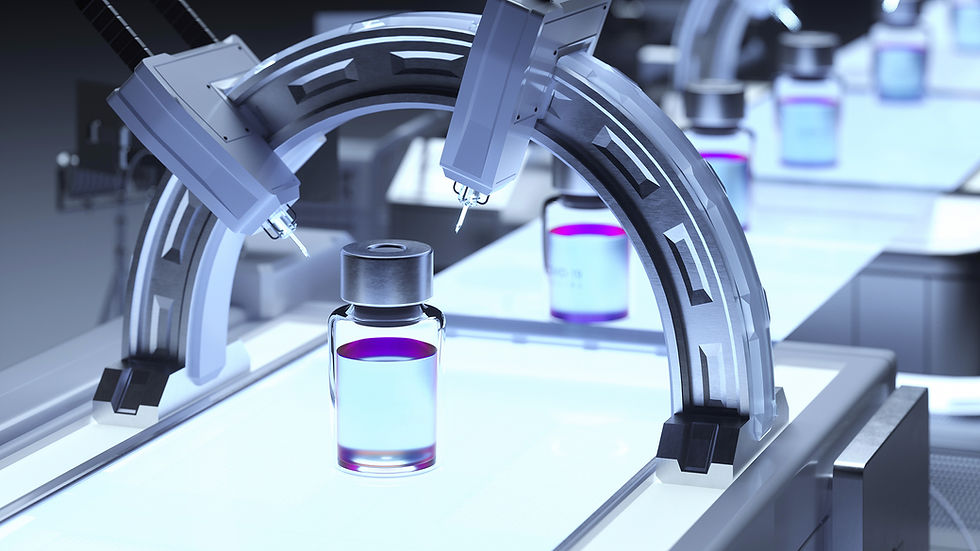
Chirality in drugs
24/09/24, 10:55
Why chirality is important in developing drugs
Nearly 90% of the drugs currently on the market are racemates, which are composed of an equimolar mixture of two enantiomers, and approximately half of all drugs are chiral compounds. Chirality is the quality of an item that prevents it from superimposing on its mirror counterpart, similar to left and right hands. Chirality, a generic characteristic of "handedness,"plays a significant role in the creation of several pharmaceutical drugs. It's interesting to note that 20 of the 35 drugs the Food and Drug Administration (FDA) authorised in 2020 are chiral drugs.
For example, Ibuprofen, a chiral 2-aryl propionic acid derivative, is a common over-the-counter analgesic, antipyretic, and anti-inflammatory medication. However, Ibuprofen and other medications from similar families can have side effects and risks related to their usage. Drugs of the chiral class have the drawback that only one of the two enantiomers may be active, while the other may be ineffective or have some negative effects. The inactive enantiomer can occasionally interact with the active enantiomer, lowering its potency or producing undesirable side effects. Additionally, Ibuprofen and other members of the chiral family of pharmaceuticals can interact with other drugs, including over-the-counter and prescription ones.
To guarantee that only the active enantiomer is present in chiral-class medications, it is crucial for pharmaceutical companies to closely monitor their production and distribution processes. Lessening the toxicity or adverse effects linked to the inactive enantiomer, medical chemistry has recently seen an increase in the use of enantiomerically pure drugs. In any instance, the choice of whether to utilise a single enantiomer or a combination of enantiomers of a certain medicine should be based on clinical trial results and clinical competence. In addition to requests to determine and control the enantiomeric purity of the enantiomers from a racemic mixture, the use of single enantiomer drugs may result in simpler and more selective pharmacological profiles, improved therapeutic indices, simpler pharmacokinetics, and fewer drug interactions.
Although, there have been instances where the wrong enantiomer results in unintended side effects, many medications are still used today as racemates with their associated side effects; this issue is probably brought on by both the difficulty of the chiral separation technique and the high cost of production.
In conclusion, Ibuprofen and other medications in the chiral family, including those used to treat pain and inflammation, can be useful, but they also include a number of dangers and adverse effects. It's critical to follow a doctor's instructions when using these medications and to be aware of any possible interactions, allergic reactions, and other hazards. To maintain the security and efficacy of medicines in the chiral class, pharma producers also have a duty to closely monitor their creation and distribution.
By Navnidhi Sharma
Project Gallery


